Analyze Your Organization as You Analyze Yourself
A person holding a mirror. Photo by Vince Fleming on Unsplash.
What do people think of you? What do people think of me? Does my outfit look good? Do I come off as pushy? These questions relating to how we are perceived run through our minds every day – or, at least, they run through my mind every day.
As individuals, we consistently evaluate ourselves concerning what others think of us – and even what we think of ourselves. While an excess in “self-audits” and analysis can be detrimental in our personal lives, it also proves to be an essential tool. It helps ensure that we look nice at our friend’s birthday party or appropriately engage in conversations with others.
“The basis of effective communication is self-awareness. Before a successful strategic communication plan can be created, strategists must have a thorough and factual understanding of their organization.”
These everyday concepts relating to how we evaluate ourselves can be applied to how public relations professionals conduct communication audits. In these audits, we assess an organization's internal environment, public perception and external environment. Let us dive into these concepts and how they can help organizations better understand themselves.
Internal Environment
Before we can look outwardly, we must first analyze an organization’s performance, structure and internal impediments. Here’s an example from H&H, a communication agency based in the United Kingdom.
Siemens Hull, a technology company, had just finished building a new factory for wind turbine blades and welcomed thousands of new employees to their company. This presented an opportunity to unite employees under a new work culture.
H&H conducted a thorough internal analysis by meeting with Hull’s new employees, analyzing their existing cultural codes, and identifying the discrepancies between the employee's aspirations and the reality of Hull’s existing work culture.
Hallway signage in Hull’s new factory. Image from Green Orbit.
The result? An immersive, inclusive brand identity that put employees first. Team members saw themselves, and their company’s corporate culture, in their own words. Without the internal analysis conducted by H&H, the resulting campaign would have come off cold, disingenuous and dull.
“H&H’s striking design and imagery has definitely caught the eye of our amazing people! The positive response has made a world of difference”
Public Perception
Any strategic communication campaign will fail without understanding how the public perceives an organization. An organization must first consider its visibility and reputation.
Let us take Chipotle as an example. In 2015, the company experienced several E. Coli breakouts that left thousands of customers sick. This PR crisis undermined the company’s values that focused on fresh, Mexican-inspired cuisine.
Print advertisement from Chipotle’s “Chipotle For Real” campaing. Image from Chipotle.
In response, Chipotle launched its “For Real Campaign.” The campaign focused on the freshness of its ingredients and emphasized transparency moving forward. This response was informed by the media nightmare (public perception) and damaged reputation fueled by the crisis.
External Environment
Understanding an organization’s external environment means identifying its supporters, competitors and opponents. Each of these groups informs an organization’s campaign by influencing how it talks to particular publics and avoids crises.
Analyzing your external environment is similar to the research PR practitioners will engage in during the situation analysis of an organization.



